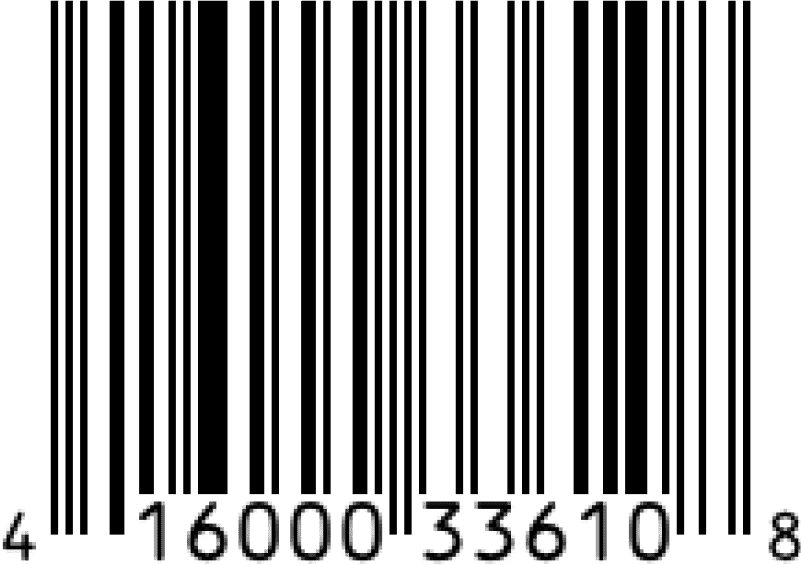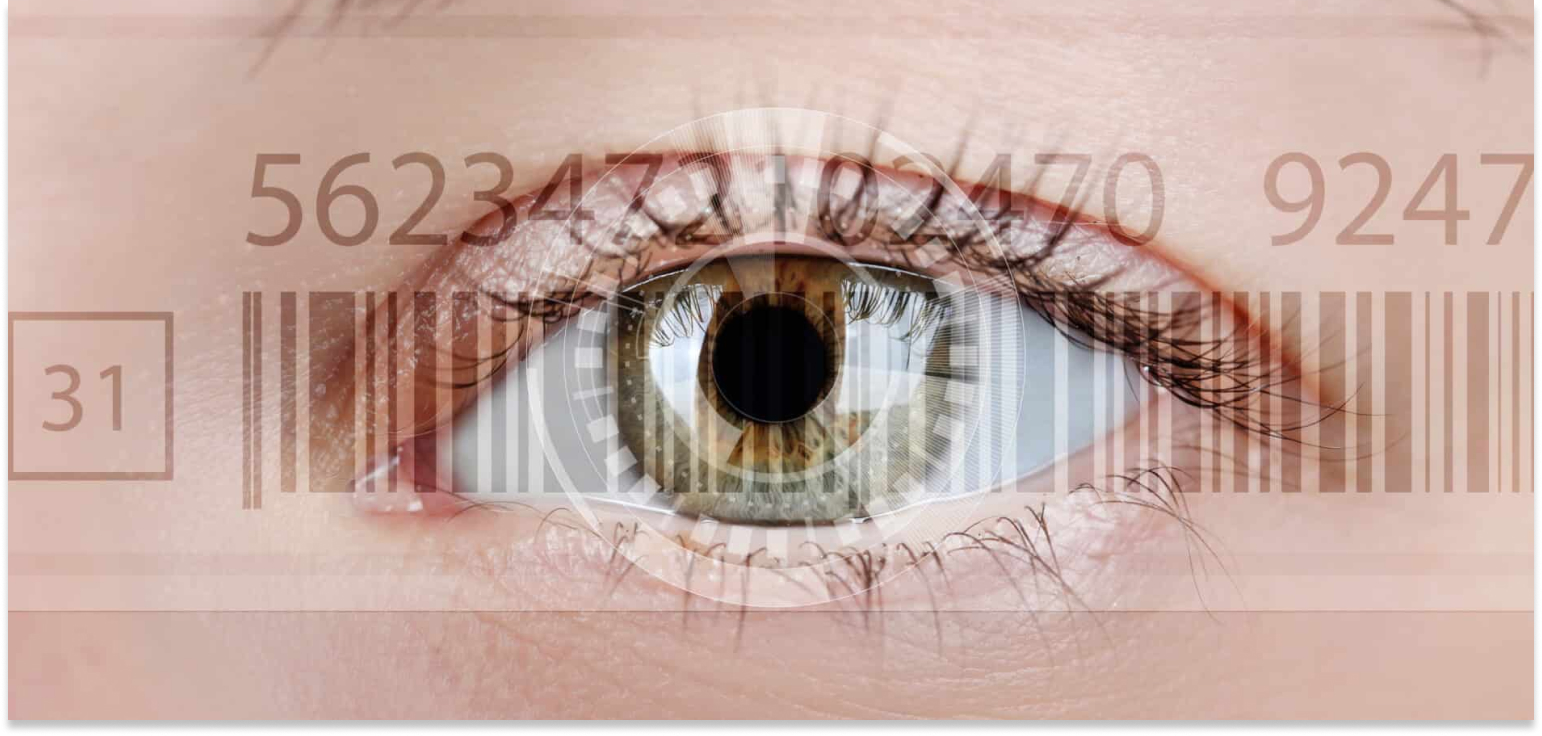What is a UPC barcode?
Did you know the first item ever scanned using a UPC barcode was a 10-pack of Wrigley’s Juicy Fruit gum? This was a milestone in the history of retail and technology, as it showcased the potential of UPC barcodes to transform the shopping experience. Moreover, it opened the door to a new era of efficiency in product management and customer service.
Understanding UPC barcodes
Barcodes are all around us: On every package we receive and every product we buy, we see these black and white bars and digits. To understand why they are so important, it’s useful to be able to identify them and explore how they work.
The UPC barcode, short for Universal Product Code, plays a significant role in the seamless operation of the retail, warehousing, and distribution sectors. Mainly utilized in North America, UPC barcodes differ slightly from EAN (European Article Number) barcodes, which find widespread international use. Together, these barcodes serve as the backbone for product identification, tracking, and management in both the manufacturing and retail industries.

Decoding the Universal Product Code
At its core, a UPC barcode consists of bars of different width and the whitespace in between. This machine-readable barcode encodes a 12-digit number, which includes a check digit for accuracy. That number uniquely identifies the product, and is typically also printed alongside the code.
This system enables a quick scan at the point of sale, helping retailers access vital product details from their databases, such as the price, availability, and product description. UPC barcodes themselves do not include price information, giving retailers the flexibility to set their prices through their checkout systems.
How to get a UPC barcode?
UPC barcodes are managed and allocated by GS1, a standards organization. To get a barcode, you can start by visiting GS1’s website and select “Get your barcodes” to apply. Then, based on your product range, estimate the number of unique UPCs needed. Every variation of a product – such as sizes or colors – will need its own code.
GS1 offers options for both small and large inventories: You can request either individual codes, which is useful if you have very few products, or a company prefix, which facilitates tracking and managing larger amounts of items.
After choosing the suitable option, provide your details and complete the payment to receive your unique UPC codes.
Real-world applications of UPC barcodes
Consider a box of cereal. The manufacturer assigns a unique UPC barcode to this specific product, which is then printed on the packaging. At the point of purchase, scanning this barcode with a barcode reader allows the retailer to instantly fetch the linked product information, streamlining the checkout process.
UPC barcodes also facilitate instant stock lookup. Whether it’s a customer inquiring about product availability or a staff member verifying stock for an online order, scanning the barcode provides immediate access to the current inventory levels, product details, and location within the store.
Another popular application of UPC barcodes is Scan & Go, which allows customers to scan products with their smartphones as they shop. Upon completing their shopping, customers can pay directly through the app, and so bypass traditional checkout lines. This not only enhances the shopping experience but also reduces wait times and improves store efficiency.
The advantages of implementing UPC barcodes
The applications of UPC barcodes extend beyond just product identification. Apart from facilitating the assignment of unique codes to products and the generation of the actual barcodes, the UPC system also enables efficient product data management.
In the world of retail and manufacturing, UPC barcodes enhance inventory management, reduce errors, and ensure a smooth flow of goods from producers to consumers.
UPC barcodes and their limitations
While UPC barcodes are indispensable tools, they have their limitations. As they are classic one-dimensional barcodes, they cannot encode as much information as their newer two-dimensional counterparts, like QR codes or Aztec codes. The 12-digit data capacity of UPC barcodes limits their use in situations demanding more comprehensive information storage. If you need to encode more complex information, 2D barcodes are a safe bet.
How do I get a UPC barcode?
To obtain a UPC barcode, you need to apply through GS1, a non-profit organization that provides global standards for businesses. The process involves getting a unique company prefix, assigning product numbers, and then generating the barcode, which you can then print on your products.
What are the requirements for a UPC code?
The requirements for a UPC code include having a GS1 company prefix, assigning a unique product number to each item, ensuring the product information is accurate, and adhering to the GS1 standards for barcode generation and labeling. This ensures global uniqueness and scannability.


